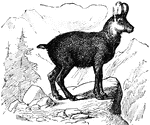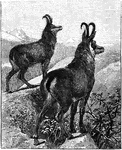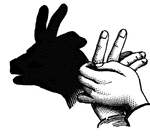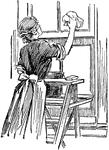Clipart tagged: ‘Chamois’
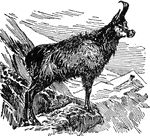
Chamois
"Chamois is a well-known species of the antelope found only in high, mountainous regions, where they…
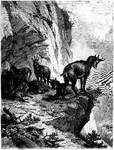
Chamois
The chamois (Rupicapra rupicapra) is a goat-like animal, living at moderately high altitudes and are…

Vicuna
"Vicuna is a native of the most elevated localities of Bolivia and northern Chile. It is very wild,…
